10 Marine Biome Facts You Must Know
The marine biome, or the saltwater biome, dominates our planet and is fascinating in many ways. It forms and supports unique ecosystems and organisms which play a functional role in the life of our planet while beautifying it too. A total win-win, isn’t it?
However, before delving into the topic, it is essential to clearly understand the meaning of biome and marine biome.
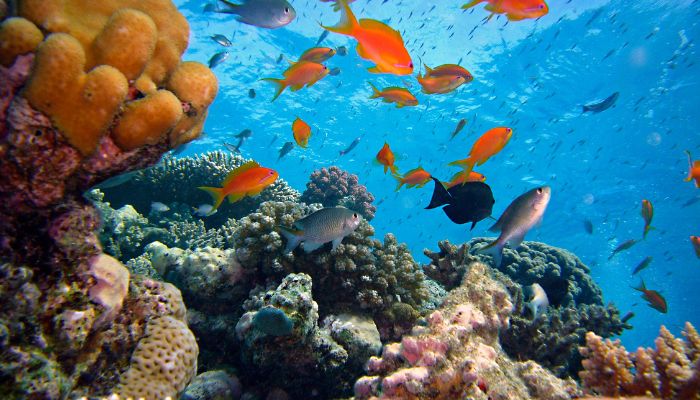
Dr Deitrich Malinger, a famous environmentalist, coined the term ‘biome’ in 1967. He defined a biome as a distinct ecological place with a unique climate, geography and topography. The animals, plants and other living organisms living in a particular biome or area adapt to their environment by developing special adaptations for surviving. For example- fish have gills to breathe in an aquatic biome.
He also called them the world’s major communities and divided them into six groups: the freshwater biomes, such as lakes, rivers, ponds, streams and wetlands; marine biomes, including oceans, corals and estuaries; desert biomes, forest biomes, tundra biomes and grassland biomes.
They are divided into groups based on their location, geography, the predominant vegetation and the organisms.
This article will reveal some interesting facts about the marine biome.
So let’s get started!
1. The marine biome is the largest of all the biomes in the world
Though there are five other biomes, as mentioned above, the marine biome is the largest and most diverse of them all. It mainly comprises saltwater oceans and covers about 70 per cent or three-fourths of our planet’s surface area while accounting for 90 per cent of the total water supply in the world.
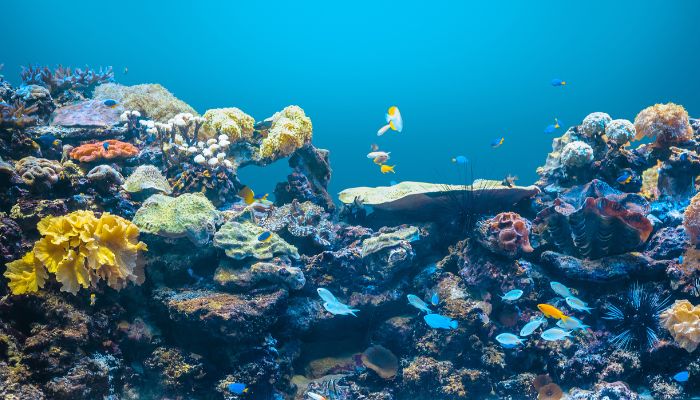
It is home to thousands of plant and animal species that directly or indirectly impact the environment they live and thrive in. Apart from oceans, it also consists of smaller bodies of water, including saltwater seas, bays and gulfs.
Marine biomes usually contain salt concentrations that average about three per cent, while freshwater biomes have less than one per cent of salt concentration.
2. The marine biome is divided into three ecosystems- Oceans, coral reefs and estuaries
Oceans
These are the five major interconnected oceans that cover the world- the Atlantic, Pacific, Indian, Arctic, and Southern or Antarctic Oceans. In some places, the oceans are deeper than the world’s tallest mountains.
The Pacific Ocean is the largest in the world covering about 63 million square miles. It has the deepest place on earth- the Mariana Trench, which reaches a depth of 32,800 ft.
These gigantic water bodies are divided into three layers- the euphotic, the disphotic and the aphotic.
The euphotic is shallow and allows light to pass through, supporting marine mammals, fish, plankton etc. It is about 600 ft deep. The disphotic layer, or the twilight zone, runs from 600 ft to 3000 ft and is home to bioluminescent organisms. It houses starfish, sponges, jellyfish anemones etc.
The aphotic zone is the deepest part of the ocean and has no light. It is below 3000 ft and is also known as the midnight zone. It is filled with invertebrates and life forms that can live under extreme pressure, such as fish that glow in the dark and the coelacanth.
Four Different Ocean Zones
The oceans are divided into distinct zones: the Intertidal, pelagic, abyssal, and Benthic.
The intertidal zone is the place where land meets the ocean. It may be exposed or completely submerged as a result of tidal waves. It is home to algae, molluscs, snails, crabs, sea stars, clams etc.
The Pelagic zone is the open ocean far from land. Dolphins, whales, and sharks reside here and feed on the abundantly available plankton.
The Benthic zone is made of sand, silt and dead life forms. There is not much light here, and it is quite dark.
The abyssal zone is the ocean’s deepest part and receives no light. It has high oxygen and low nutrients. It has chemosynthetic bacteria and invertebrates.
Coral Reefs
Coral reefs are usually found in warm, shallow waters and consist of corals which are made of algae and animal polyps. They form barrier reefs along continents, fringing reefs and atolls.
They survive through nutrients derived from photosynthesis by the algae. They also extend their tentacles in water to catch phytoplankton. Corals grow slowly, usually less than an inch a year, so reefs are not easily formed. The Great Barrier Reef on Australia’s eastern coast is the largest and is 20,000 years old. It covers 16,000 miles and can be seen from space.
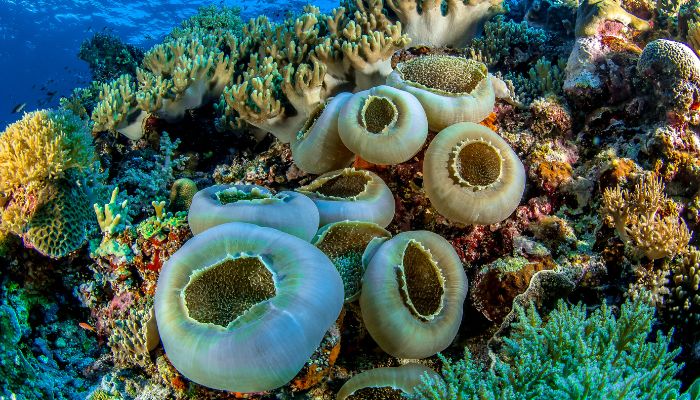
Though corals cover less than two per cent of ocean beds, they support about 25% of marine species, most of which live and nurse their young ones in the coral reefs. They also shelter invertebrates, fish, sea urchins etc.
Estuaries
They are confined bodies of water found along the coasts where one or more rivers or streams meet the oceans or seas. Mixing fresh and saltwater creates a unique biodiversity-rich ecosystem due to the presence of high nutrients. It makes estuaries one of the world’s most organic and productive marine bodies.
Estuaries are home to fish like salmon, trout, phytoplanktons, diatoms and dinoflagellates, marsh grass, mangrove trees, oysters, crabs and waterfowl. They are also known by other names like swamps, lagoons, inlets, etc., and act as nesting and breeding areas for several animal and bird species.
3. 90% of the world’s volcanic activity occurs in the marine biome
Although many volcanoes are situated on land, about 1500 are found on the ocean floor at the mid-ocean ridges. Per surveys, over a million submarine volcanoes exist, but only a few hundred are active. About 70% of these have not erupted in the last 11,000 years.
Volcanic eruptions result from the earth’s crust being broken into a number of pieces called tectonic plates floating on an underneath layer of lava and magma. As these plates move, they might collide or move away from each other.
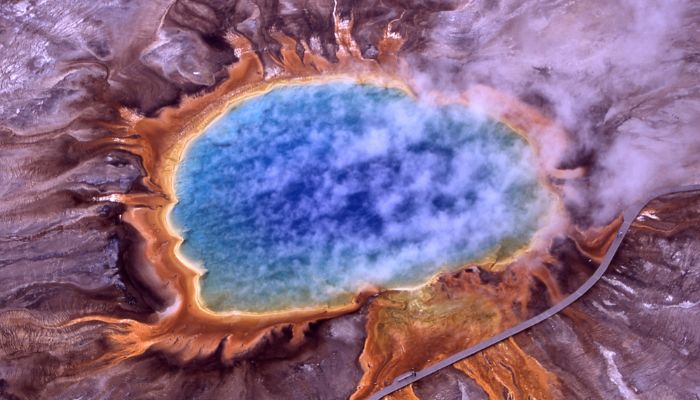
About 60% of all active volcanoes are found at the boundaries of these tectonic plates. 75% of all active volcanoes on our planet are situated at the edges of the Pacific Ocean, lined in a belt-like formation named the Ring Of Fire, which is a place of high seismic activity, including earthquakes.
The West Malta volcano is 1200 m or 4000 ft below the ocean’s surface. It is the site where scientists recorded the deepest volcanic eruptions ever.
4. Marine Biome is the most biologically diverse of all other biomes
The marine biome is home to over 200,000 species of organisms, while thousands are still waiting to be discovered. Most life flourishes at the topmost layer of the oceans and seas, which receives ample sunlight.
There are the tiniest organisms, like the microscopic phytoplankton and zooplankton and the biggest ones, such as the 200-ton blue whale, the largest mammal on earth. Others include several colourful species of fish like clownfish and shorebirds and mammals like whales, seals, dolphins, walruses, otters and molluscs like octopus, conch, oysters, squids, slugs etc.
5. Many Scientists Believe Life originated in the marine biome around 3.8 to 4 Billion years ago
There is a debate among scientists regarding the origin of life on earth. Some claim volcanic mud pots found on land to be the birthplace of the first cells, while others argue that deepsea hydrothermal vents and their alkaline events were where life unfurled.
The latter claim became popular when many hydrothermal vents, such as the ones found in the ‘lost city’ field, were found in the middle of the Atlantic.
In 1993, a geochemist from NASA named Michael Russell put forward a theory explaining how life would have started in these vents. The process is quite similar to how individual cells generate their energy. Hence, the marine-origin theories garnered attention and recognition, although much needs to be found. We have just discovered only the tip of the iceberg.
The earliest fossils of marine stromatolites show the presence of life forms and date to 3.7 billion years ago. They were found in western Australia and point to the fact that life didn’t make it to land till 440 million years ago. However, it thrived in the oceans for millions and billions of years.
6. Majority of the earth’s oxygen comes from the oceans
The world’s oceans and seas have an average temperature of 39 degrees Fahrenheit. However, it might differ in some places since the ocean waters are constantly in motion. The currents and waves are warm or cold according to the weather and climate of a specific region on earth.
The marine biome is quite cold at the North and South poles, but as we move towards the equator, which experiences a tropical, hot and humid climate, the waters are hot since the sun’s rays strike them directly.
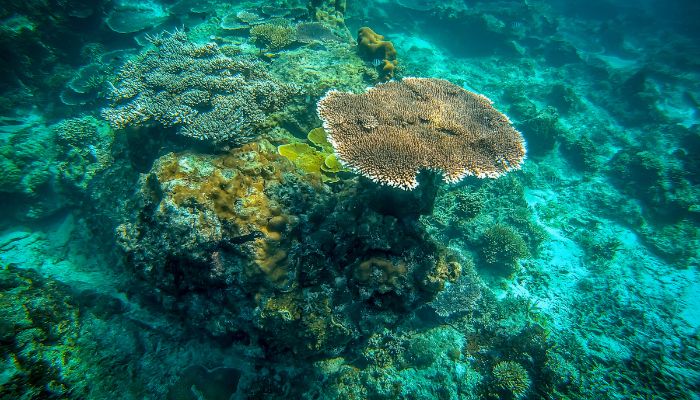
Evaporation on a large scale from the ocean waters brings rain to our planet, which is essential for agriculture, industry and survival. Also, marine algae absorb most atmospheric carbon dioxide and are responsible for 50-80 % of the world’s oxygen supply.
7. The Longest mountain range in the world is 90% underwater
The mid-ocean ridge is the longest mountain range on earth, covering about 40,389 miles. It consists of several underwater mountains and valleys that traverse the globe and resemble the cracks or stitches of a baseball. This chain of mountains or mountain range was formed due to the shifting of tectonic plates.
When these plates move apart, the magma from the earth’s interior rushes to fill the gaps. Hence new seabed is formed. This process renews the earth’s surface. Interestingly, along these mountains are the world’s most active volcanoes, which erupt periodically and give rise to a highly diverse marine ecosystem.
8. There are more historical artefacts in the marine biome than all the world’s museums combined
Over the centuries, many ships have sunk in the oceans and seas, taking with them various treasures such as paintings, gold, silver, precious statues, sculptures, gems and so on. Not only this, there are many cities and civilisations that are submerged today. Thanks to advances in marine archaeology, we might find something interesting in the near future.
There is an enormous history underwater that is yet to be found. For instance, there are a thousand shipwrecks off the Florida Keys alone, some part of the Florida Keys National Marine Sanctuary.
9. Marine ecosystem has a complex food web
Phytoplankton form the first level of the marine food chain, followed by zooplankton, which consumes the former. Krill, small fish and crustaceans eat the zooplankton and are then themselves eaten by big fish, seals, whales, walruses and penguins. The seals and penguins are hunted by polar bears and also human beings. Humans are at the top of the food chain as they consume large amounts of seafood.
10. Climate change, pollution and plastics are major threats to the marine biome
Climate change in the form of heating waters due to increasing temperatures and acidification alters the characteristics of marine ecosystems. It impacts the life of marine species, their reproduction, growth and distribution. Some species are endangered due to drastic temperature changes, while others, like corals, are dying due to bleaching.
Plastic pollution is another crucial concern, as 8 million tonnes of plastic is dumped in water bodies annually. It makes up 85% of marine debris and harms marine life, which ingests or gets entangled and dies.
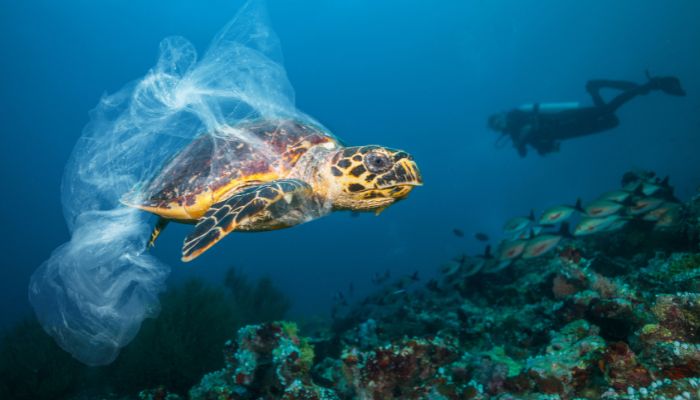
Other threats include overfishing, habitat destruction, chemical pollution etc. Hence, we need to conserve our marine biome for future generations by bringing out management plans and sustainable practices to minimise the detrimental effects on nature.
You may also like to read-
- What Does the Term “Ocean Biome” Means ?
- What are Marine Reserves?
- 10 Types Of Ocean Pollution
- What are the Creepy “Dead Zones” of the Oceans?
Disclaimer: The authors’ views expressed in this article do not necessarily reflect the views of Marine Insight. Data and charts, if used, in the article have been sourced from available information and have not been authenticated by any statutory authority. The author and Marine Insight do not claim it to be accurate nor accept any responsibility for the same. The views constitute only the opinions and do not constitute any guidelines or recommendations on any course of action to be followed by the reader.
The article or images cannot be reproduced, copied, shared, or used in any form without the permission of the author and Marine Insight.
Do you have info to share with us ? Suggest a correction

About Author
Zahra is an alumna of Miranda House, University of Delhi. She is an avid writer, possessing immaculate research and editing skills. Author of several academic papers, she has also worked as a freelance writer, producing many technical, creative and marketing pieces. A true aesthete at heart, she loves books a little more than anything else.
Subscribe To Our Newsletters
By subscribing, you agree to our Privacy Policy and may receive occasional deal communications; you can unsubscribe anytime.



